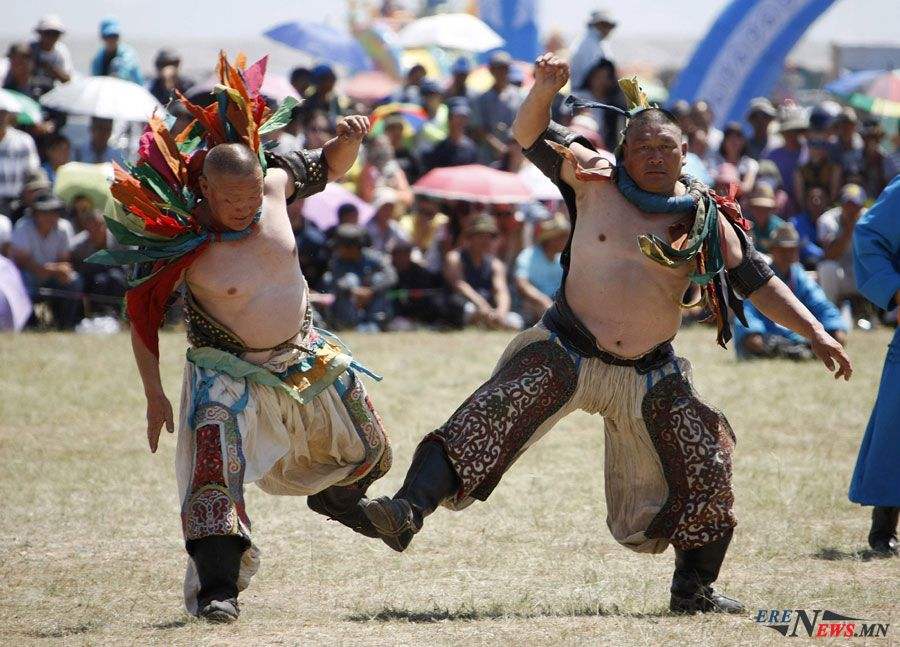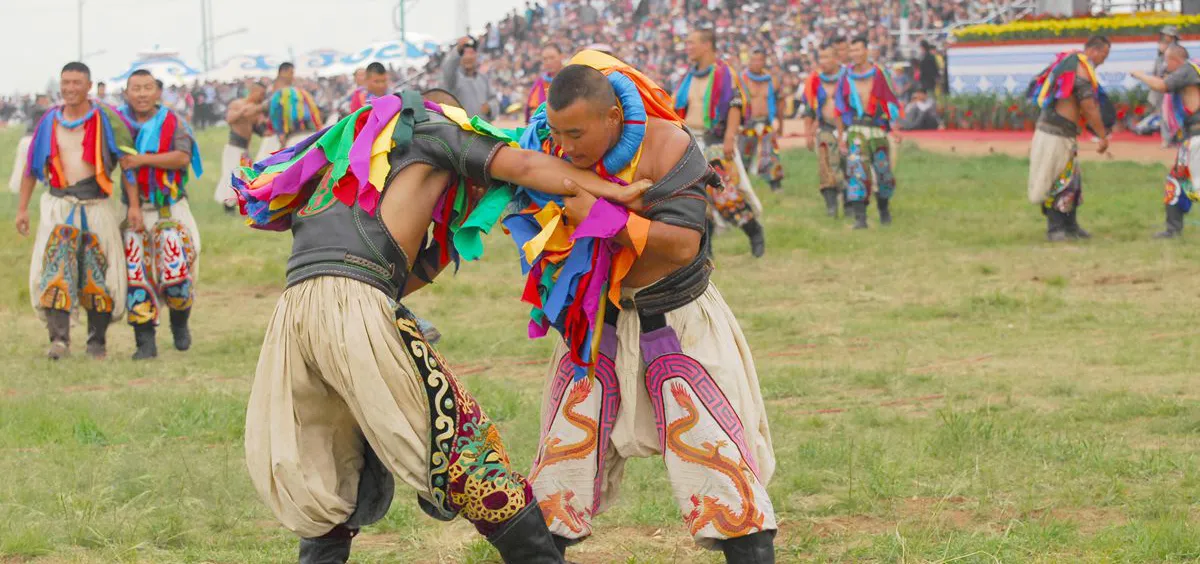Deep in the vast and breathtaking landscapes of Mongolia, a centuries-old tradition unfolds, captivating the hearts of locals and visitors alike. Naadam, often referred to as the “Three Manly Games,” is a grand celebration of Mongolian culture, heritage, and the indomitable spirit of its people. Rooted in history, this unique festival showcases the prowess and skills of Mongolian nomads in three traditional sports: wrestling, horse racing, and archery.

A Rich Tapestry of History
Naadam traces its origins back to the times of the Great Mongol Empire, founded by Genghis Khan in the 13th century. The festival was initially organized as a military event to test the strength, agility, and prowess of soldiers and warriors. Over time, Naadam evolved into a broader celebration of Mongolian traditions, uniting communities and fostering a sense of national pride.
Because of its immense cultural value and its continued devotion among Mongolians, Naadam was included on UNESCO’s Representative List of the Intangible Cultural Heritage of Humanity in 2010.
The Three Manly Games
Naadam centers around three traditional sports, each with its unique history and symbolism:
Wrestling (Bökh): Wrestling holds a prominent position in Mongolian culture and has been an essential part of the festival since its inception. The wrestlers, known as “bökhchin,” wear tight-fitting traditional costumes that leave the upper body exposed. Matches are intense and highly strategic, with the objective of making the opponent touch the ground with any part of their body other than their feet. The winner of the tournament is bestowed with the prestigious title of “zasag” or “falcon.”
Horse Racing (Urgoo): The second pillar of Naadam is horse racing, a display of the nomadic people’s affinity and bond with their horses. The race covers long distances, with child jockeys skillfully riding the horses. Distances range from 15 to 30 kilometers, depending on the age of the horses. The winner is not only celebrated but also rewarded with valuable prizes.
Archery (Zasuul): Archery, considered a symbol of Mongolian valor and prowess, completes the trio of manly games. Competitors use traditional bows and arrows to display their precision and marksmanship. The targets are small leather rings, and participants must hit them while riding on horseback. The nomadic lifestyle has long associated archery, as it played a crucial role in hunting and warfare.
Beyond the Games: Naadam is Cultural Festivities
Naadam extends beyond the three sports; it embraces an all-encompassing celebration of Mongolian culture. Ethnic choreography, folk music shows, and parades full of color are all highlights of the event. The atmosphere is alive with the sounds of Morin khuur (horsehead fiddle) and Khöömii (throat singing), two traditional forms of Mongolian music.
During Naadam, the streets and plains of Mongolia come alive with vibrant colors, as people don their finest traditional attire. The aroma of traditional Mongolian cuisine, including buuz (steamed dumplings) and airag (fermented mare’s milk), fills the air.
Preserving Heritage Amidst Modernity
In a rapidly modernizing world, Naadam holds a special place as a cherished tradition that bridges the past and the present. The festival provides an opportunity for Mongolians to connect with their heritage, paying homage to their ancestors and their nomadic way of life. It fosters a sense of community and national pride, transcending geographical and generational boundaries.
Over the years, Naadam has evolved to reflect contemporary values while staying true to its ancient roots. The festival now includes competitions for women in horse racing and archery, further empowering women to participate and showcase their skills.
Taking on the Naadam Way of Thinking
For tourists and travelers, witnessing Naadam is a unique and unforgettable experience. The festival typically takes place in July, with the main events held in the capital city, Ulaanbaatar. Various provinces organize smaller regional Naadams, providing a more intimate and authentic encounter with Mongolian culture.
Naadam immerses in Mongolian life, witnessing awe-inspiring displays, savoring rich heritage of this proud nation. Naadam leaves an indelible impression, celebrating Mongolia’s essence and enduring spirit for participants and spectators.

